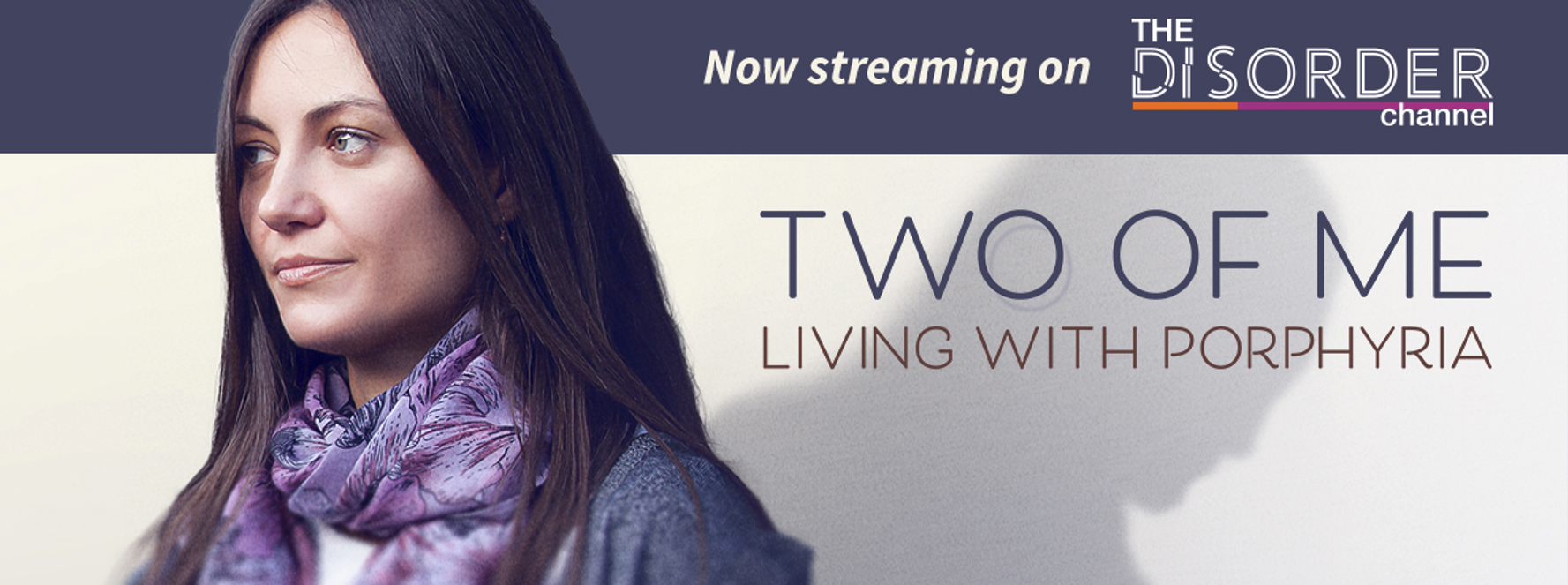
Our News
The Making of Two of Me: Living with Porphyria
April 2, 2022
Alnylam Pharmaceuticals
On Rare Disease Day 2022, we debuted our new acute hepatic porphyria (AHP) documentary, Two of Me: Living with Porphyria. The film is told through the voices of seven people around the world living with AHP and chronicles the immense physical, mental and emotional toll of the disease through an intimate and profoundly human lens.
With her experience in leveraging the power of the human voice to raise awareness about issues and catalyze measurable change, we enlisted the support of Emmy-nominated filmmaker Cynthia Lowen to help bring the stories to life as the film’s director. We recently sat down with Lowen to gain a better understanding of her role in developing the film. She offered her perspective on the project and how she approached the creation, having never heard of AHP at the onset of the project.
What attracted you to this project?
As a documentary filmmaker, I seek out stories that have the potential to open audiences' hearts and minds and hopefully feel a stake in each other’s well-being. I was really excited about this project’s potential to shine a light on this rare disease and raise awareness for both patients and doctors, and to create a tool that diverse communities living with chronic conditions might use to connect and share.
Having not shot the footage yourself, how did you go about finding a cohesive storyline for the film?
Alnylam did an amazing job capturing the stories of seven people around the world living with AHP over the course of several years, so I while I did not shoot the actual footage of these patients, several directors and artists around the world did – providing me with a strong visual pallet to string together a compelling story. I knew that I wanted to create a conversation between the subjects and to create a narrative that connected the elements of their experiences that they had in common. First, I read through all their transcripts and watched the footage and made notes on themes that began to emerge: the profound pain associated with AHP, the extraordinary challenges in getting a diagnosis, what it’s like living with a chronic condition, the importance of family and caregivers and the AHP community, and the hope for the future.
In a world dominated by short shareable clips, what is it about longer form storytelling that helped bring these stories about living with AHP to life?
I think you really need to spend time in people's worlds and perspectives to understand the nuance and complexity of their lives and to be connected to their stakes and their destinies. There are some very tough issues the film addresses, particularly around mental health and suicide, that might not have been appropriate in a shorter piece without really seeing the subjects as full people who are fathers and daughters and professionals and students and athletes, who have also confronted depression and hardships that at times felt insurmountable. I think longer form storytelling allows for the time to depict elements of struggle, without it being sensational or one-dimensional.
What struck you the most about people living with AHP?
I think I was most struck by the huge challenges the film’s subjects faced in getting a diagnosis. It was heartbreaking and frankly outrageous to me that they had to fight so hard, and in many cases, underwent painful procedures or had very serious complications because of being misdiagnosed or undiagnosed. It made me wonder how many people are out there are right now, going through these same struggles, who do not have appropriate support.
As Lowen indicated, because AHP is rare and its symptoms resemble those of more common conditions, misdiagnosis is common and can result in unnecessary treatments, exploratory surgeries or procedures. In fact, people who may be suffering with AHP can wait up to 15 years to receive an accurate diagnosis. Viewers are encouraged to “Tell 15” others about the film as part of a global call to action to help shorten this length of time.
Two of Me: Living with Porphyria is available for streaming on The Disorder Channel via Roku and Amazon Fire TV. It’s also available on PinpointAHP.com, which includes additional educational resources and information about AHP.
AS1-USA-01166





